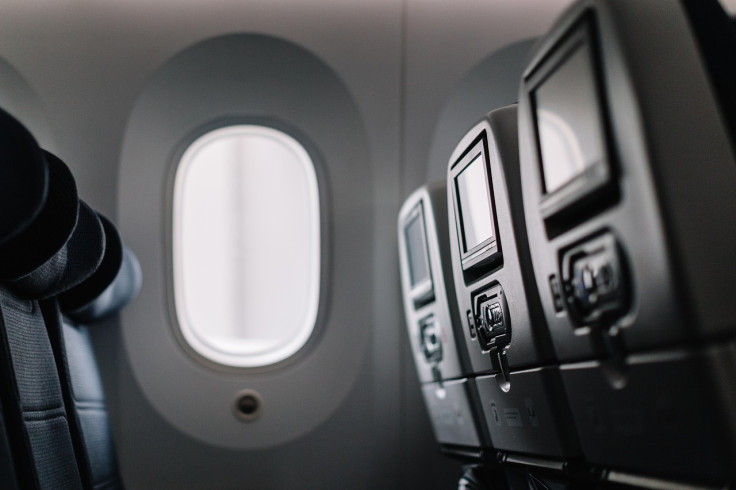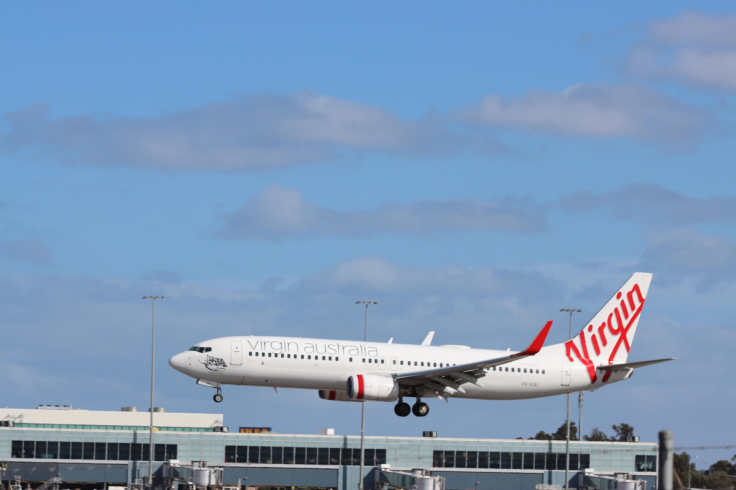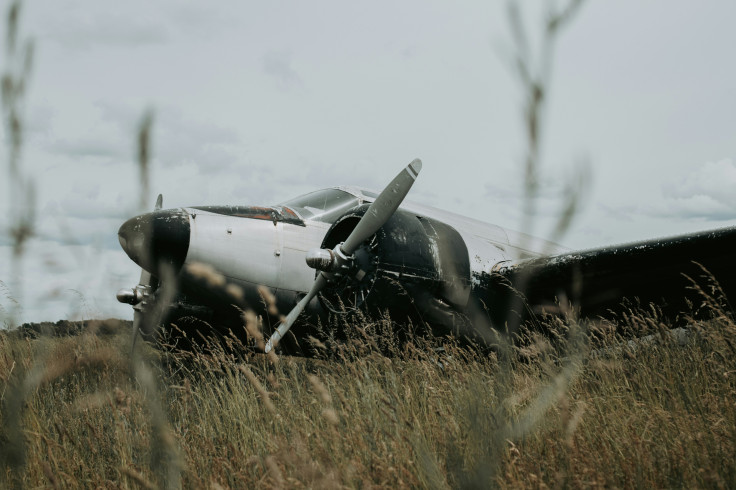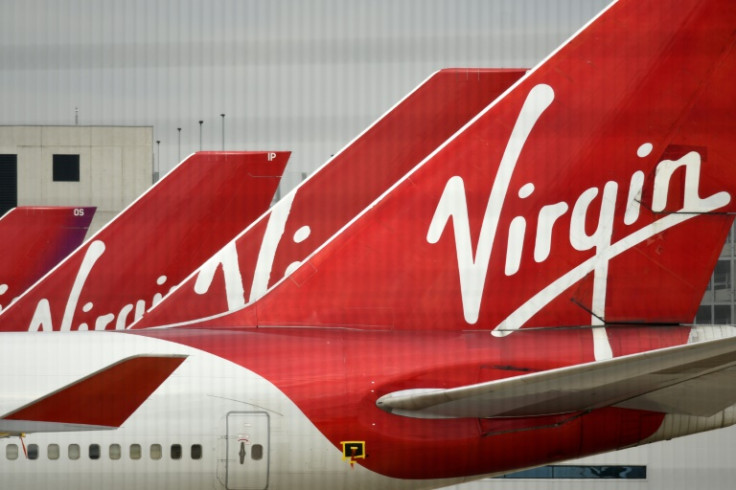Aviation Accident And Incidents 2025 Continue As Virgin Plane In Melbourne Airport Collides With Tug Vehicle
Fortunately, the aircraft was not in active service at the time, and no passengers were on board.

A Virgin Australia aircraft was involved in a ground collision at Melbourne Airport on Sunday evening, adding to a growing list of aviation incidents in 2025. According to reports, the Boeing 737 jet collided with a tug vehicle while being towed to a maintenance hangar at Tullamarine Airport.
The incident occurred around 8:40 pm and resulted in visible damage to the plane's fuselage, though no injuries were reported.
Fortunately, the aircraft was not in active service at the time, and no passengers were on board. Virgin Australia has confirmed that the damaged plane has been withdrawn from use and that there will be no disruption to scheduled flights.
What Happened on the Ground?
According to officials from Virgin Australia and Melbourne Airport, the aircraft became disconnected from the tug vehicle during the towing process. This caused the tug to strike the side of the plane, leaving a noticeable crack and tear along the front left section of the fuselage.

Video and photos from the site showed workers applying tape to the damaged area shortly after the impact. A Melbourne Airport spokesperson told Australian media, 'An investigation is under way, and the relevant authorities have been notified.'
The Boeing 737 model involved is commonly used for domestic flights across Australia. According to reports, the aircraft was undergoing routine maintenance at the time of the incident.
Virgin Australia Responds
Virgin Australia acted quickly to reassure passengers and the public that the collision would not impact its operations. In a statement, the airline confirmed that the plane was empty and that the situation was under control.
'There were no passengers on board, and no injuries were reported,' a spokesperson said. 'The aircraft was not scheduled for passenger service, and there will be no disruptions to flights.'
The airline also emphasised its commitment to safety and operational continuity. The affected aircraft remains grounded while further inspections and repairs are carried out.
Broader Safety Concerns Raised
The incident has prompted fresh concerns over safety standards in Australia's aviation sector. The Transport Workers Union (TWU) called for immediate discussions with Virgin Australia to understand how such events can be prevented.

TWU National Secretary Michael Kaine said, 'We're seeking an urgent briefing now with Virgin to discuss how these incidents can be avoided in future and in the meantime calling on all participants in aviation to work towards a better industry.'
The union's comments come amid what it describes as a 'crisis' in the sector, citing recent incidents involving other carriers as evidence that improvements are urgently needed.
Industry Scrutiny and Investigations
As with all incidents of this nature, a formal investigation is underway. Authorities are expected to examine whether the detachment between the aircraft and the tug vehicle was due to human error, equipment malfunction or a lapse in standard procedures.
It is not yet confirmed whether the Australian Transport Safety Bureau (ATSB) will lead the inquiry. However, the airline and airport have both indicated they are reviewing internal towing protocols.
Ground collisions, while rare, highlight the need for strict safety checks even when aircraft are not in flight. Experts say that regular maintenance of tug equipment, improved crew training and clear communication are essential to avoiding such mishaps.

Despite the dramatic nature of the incident, Virgin Australia's operations were unaffected. According to reports, Monday's flight schedules went ahead without delays or cancellations, thanks in part to the timing of the incident and swift containment by ground teams.
However, as more air accidents and incidents continue to emerge across the industry, pressure is mounting on aviation stakeholders to tighten procedures. This latest episode will likely add to growing calls for reform in ground handling safety.
© Copyright IBTimes 2025. All rights reserved.





















